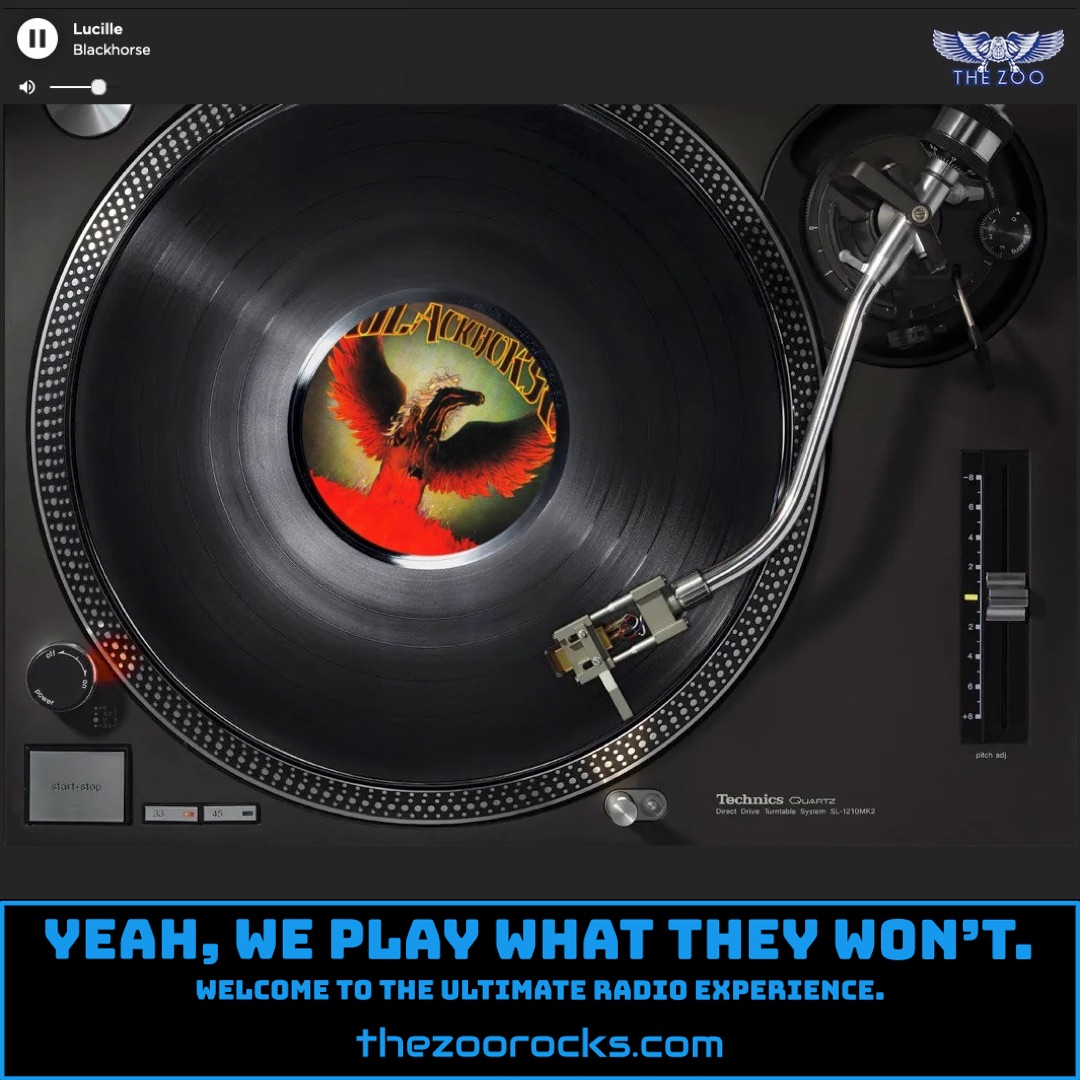The Sign of the Southern Cross
Black Sabbath
Zoo Freaks, get ready to dive into the mystical vibes of The Sign of the Southern Cross by Black Sabbath from their 1981 album Mob Rules. This seven-minute epic is a standout track, blending haunting acoustic intros with crushing electric riffs, and it’s a favorite among fans for its doomy, atmospheric depth. In a 2009 interview, bassist Geezer Butler shared that this song allowed him to experiment with bass effects like wah-wah, giving it a unique sound that set it apart from other tracks on the album. He noted, “I loved it because I got to do something different… it gave the song a distinct vibe.” Meanwhile, Ronnie James Dio, the band’s vocalist at the time, praised its grandeur, comparing it to the epic scope of their earlier hit Heaven and Hell. He said, “It’s one of those songs with space and a classical music approach, which I always loved.”
The song’s creation wasn’t without its challenges. According to a 2021 interview with drummer Vinny Appice, the recording sessions for Mob Rules were intense, with the band jamming ideas together in a collaborative, almost chaotic process. Appice recalled, “We’d just play and throw ideas into the pot—it was natural, and that’s how The Sign of the Southern Cross came to life.” On social media, fans echo this love for the track. A 2023 post on X by user @punt_rd described how their brother introduced them to the song, calling it “special” and praising Dio’s “imperious” vocals. The track’s lyrical inspiration, as Dio explained in a Genius interview, draws from darker, symbolic themes rather than the literal Southern Cross constellation, with references to religion and mystery woven into lines like, “If there isn’t light when no one sees, then how can I know what you might believe?”
Black Sabbath began their journey in Birmingham, England, in 1968, emerging from the gritty industrial heart of the city. Originally formed as a blues rock outfit called the Polka Tulk Blues Band, the group consisted of guitarist Tony Iommi, drummer Bill Ward, bassist Geezer Butler, and vocalist Ozzy Osbourne. They soon rebranded as Earth before settling on Black Sabbath in 1969, inspired by a horror film title that Butler spotted on a cinema marquee. Their early sound was raw, heavy, and steeped in occult imagery, a stark contrast to the flower-power era. Iommi’s down-tuned guitar riffs, developed partly due to a factory accident that damaged his fingertips, became a cornerstone of their sound and helped pioneer the heavy metal genre. Their self-titled debut album, released in 1970 via Philips Records, featured tracks like Evil Woman and laid the foundation for their legacy.
The band’s rise wasn’t without turbulence. After a string of iconic albums like Paranoid and Master of Reality, internal struggles and substance abuse led to Osbourne’s departure in 1979. Dio joined, bringing a new vocal style and fantasy-driven lyrics, which revitalized the band for albums like Heaven and Hell and Mob Rules. Despite lineup changes—Iommi is the only constant member—Black Sabbath’s influence endures, with over 70 million albums sold worldwide. You can connect with their legacy on their official website, follow them on Facebook, Instagram, and X. Fans also gather at dedicated sites like Black Sabbath Online, a treasure trove of discography and news, and on community-driven Facebook groups where Zoo Freaks can share their love for tracks like The Sign of the Southern Cross.

